PRT 451: Software Systems: Ethics, Requirements, and Test Cases
VerifiedAdded on 2023/06/13
|9
|1822
|448
Homework Assignment
AI Summary
This assignment solution delves into the principles of software systems, addressing key areas such as ethical considerations, agile development methodologies, requirement gathering techniques, software reuse processes, and test case generation. It begins by comparing the IEEE/ACM and ACS codes of ethics, highlighting their differences and discussing ethical issues that may arise when developing software for critical systems. The solution then explores methods for recording non-functional requirements in agile environments, analyzing various techniques and emphasizing the importance of considering execution and evolution qualities. Furthermore, it examines tools used for requirement collection, focusing on AS-IS and TO-BE process models, user stories, and mind maps, providing a summary of the requirement collection process using these tools. The assignment also discusses the software reuse process, addressing issues related to its implementation in agile environments and suggesting solutions like COTS. Finally, it selects three functional requirements of an application (scalability, availability, and reliability) and generates a structured test case scenario for each, showcasing a practical application of software testing principles. Desklib provides this and many other assignments for students to use as a reference.
1 out of 9
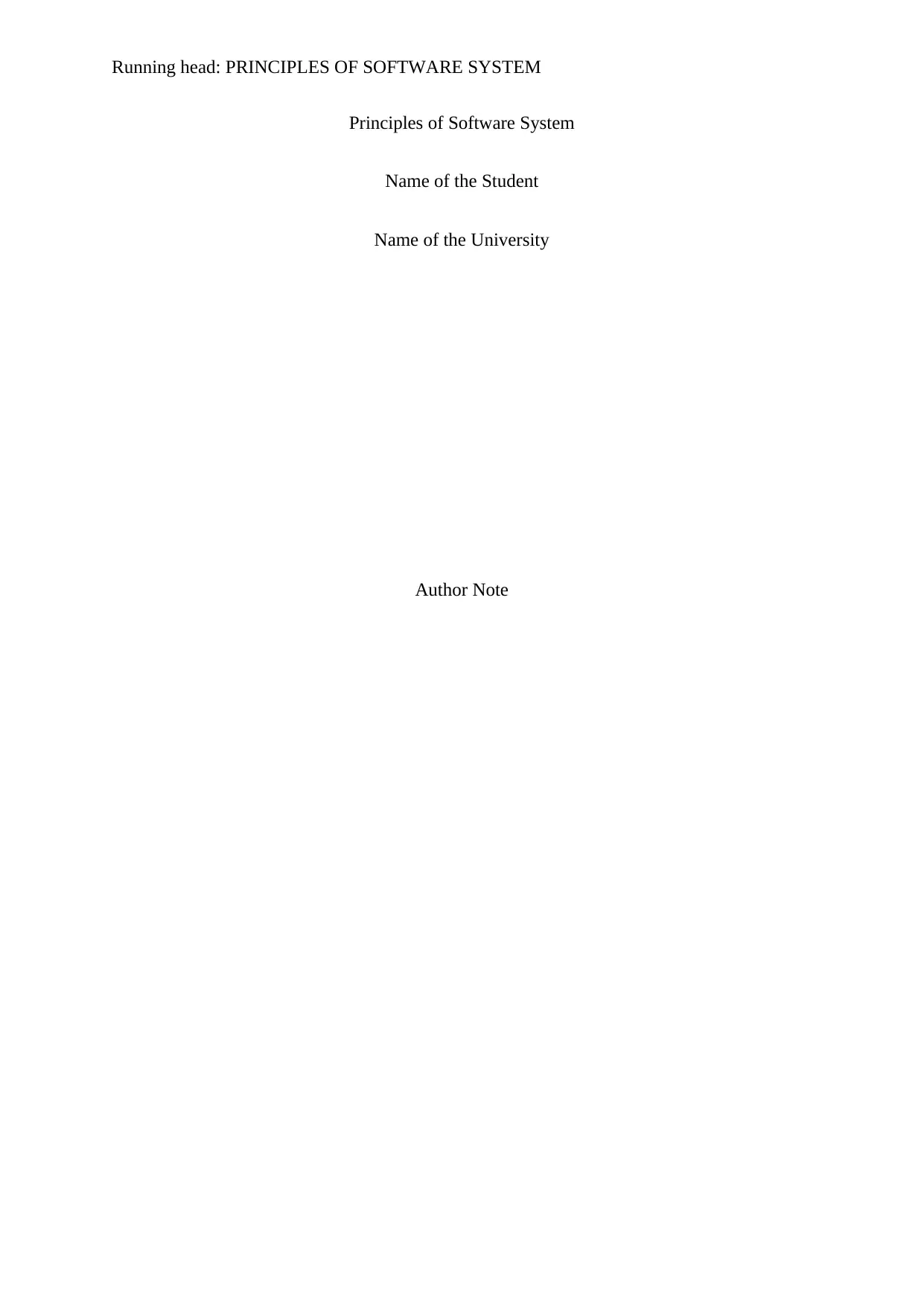
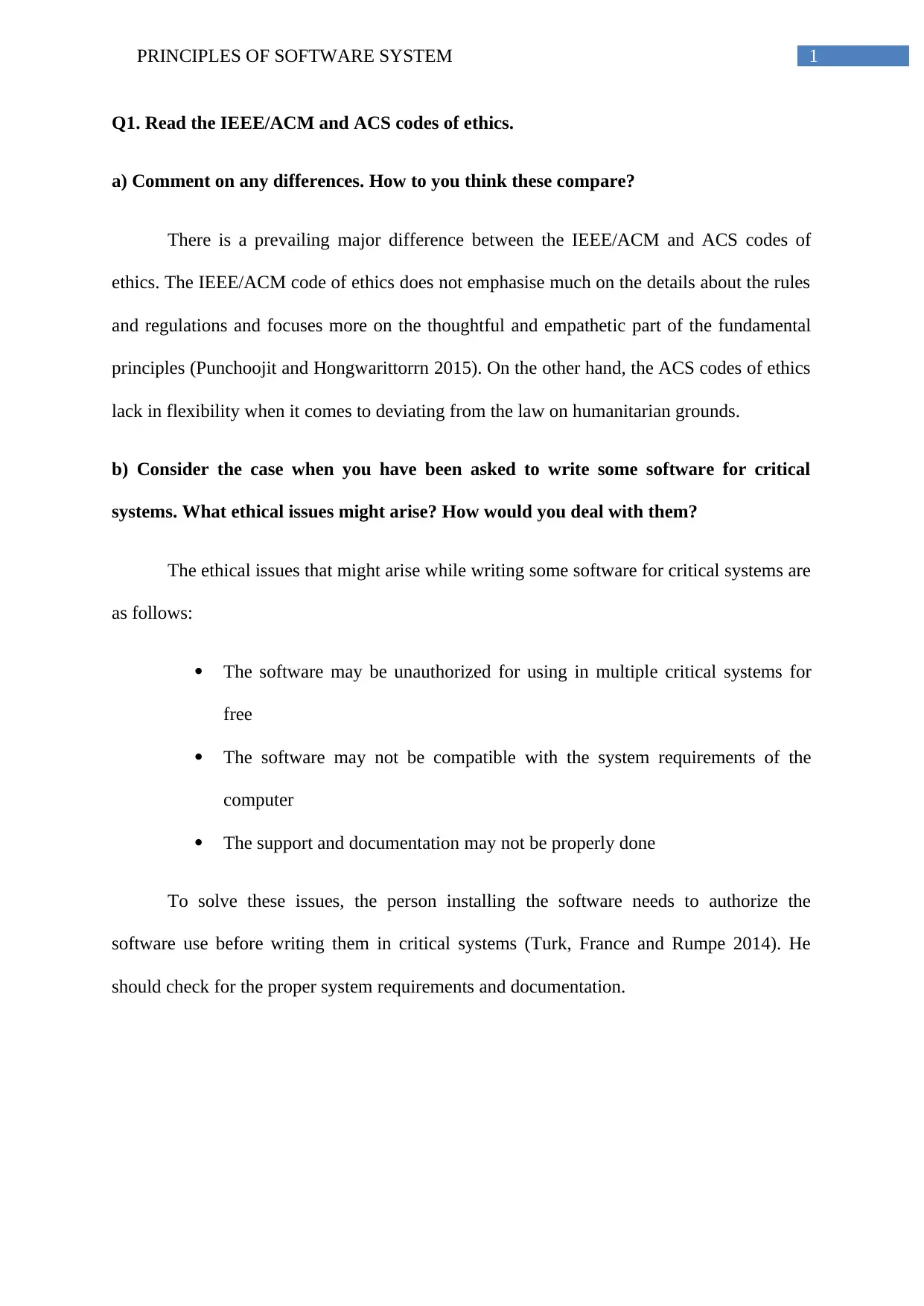
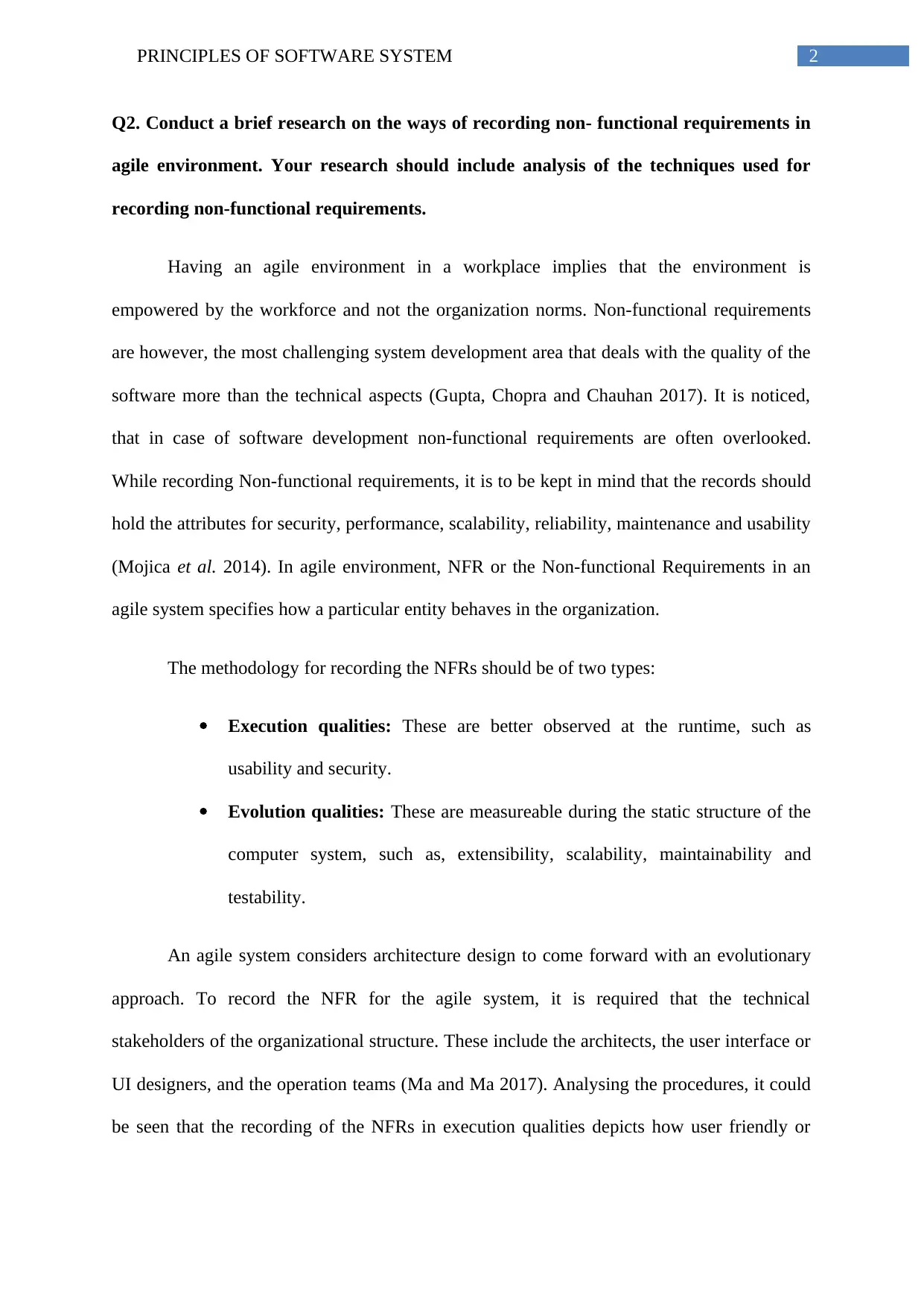
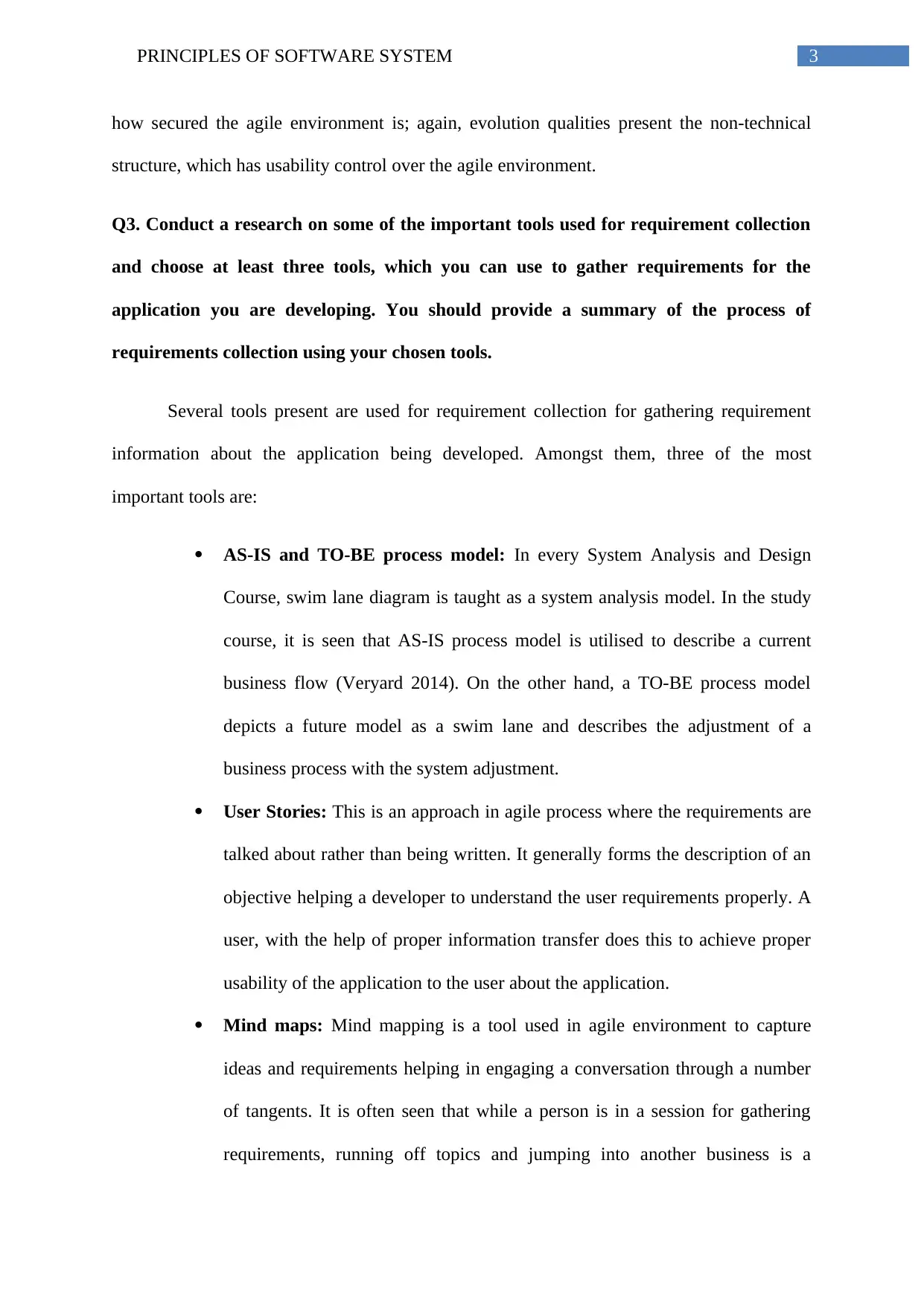
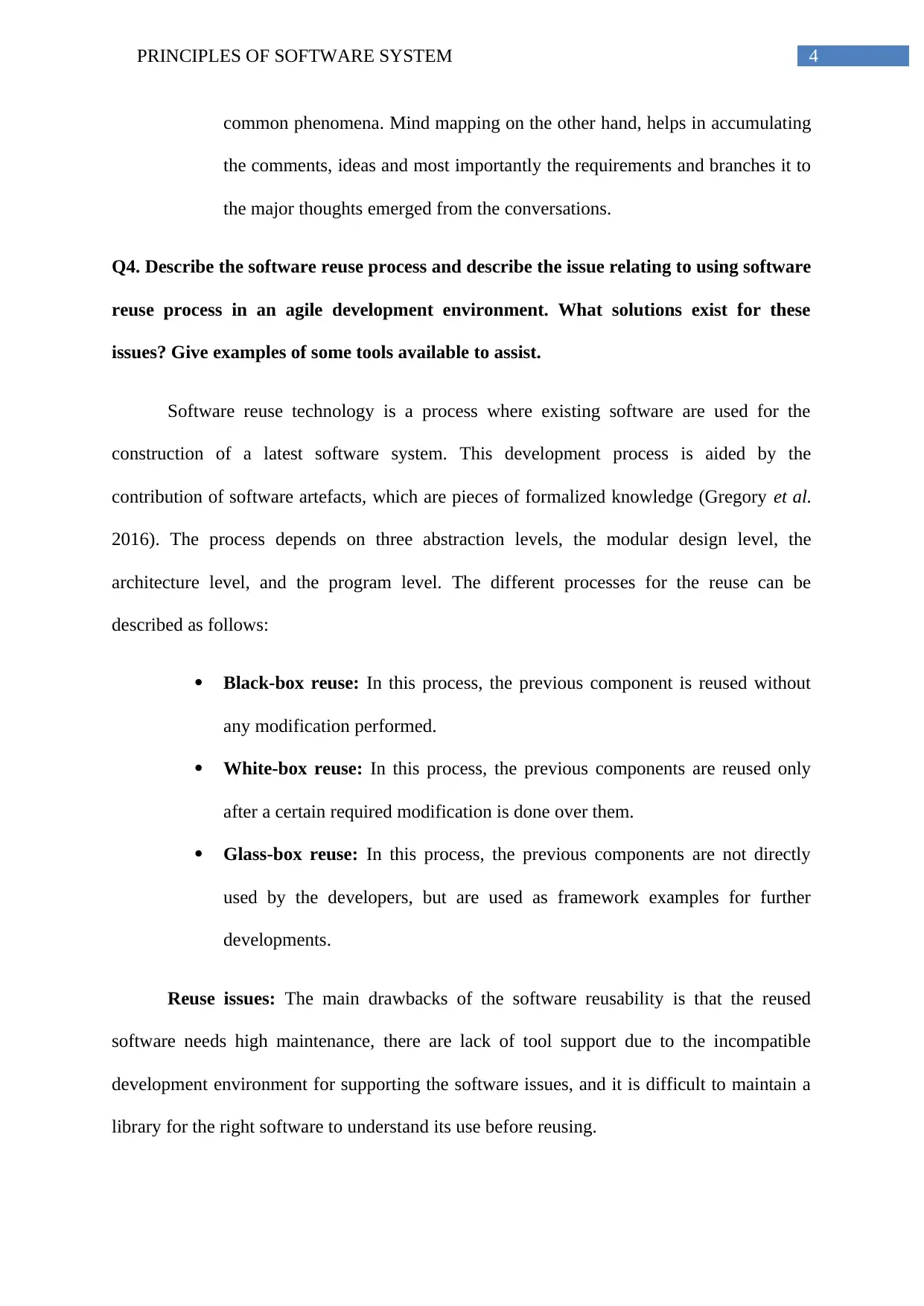
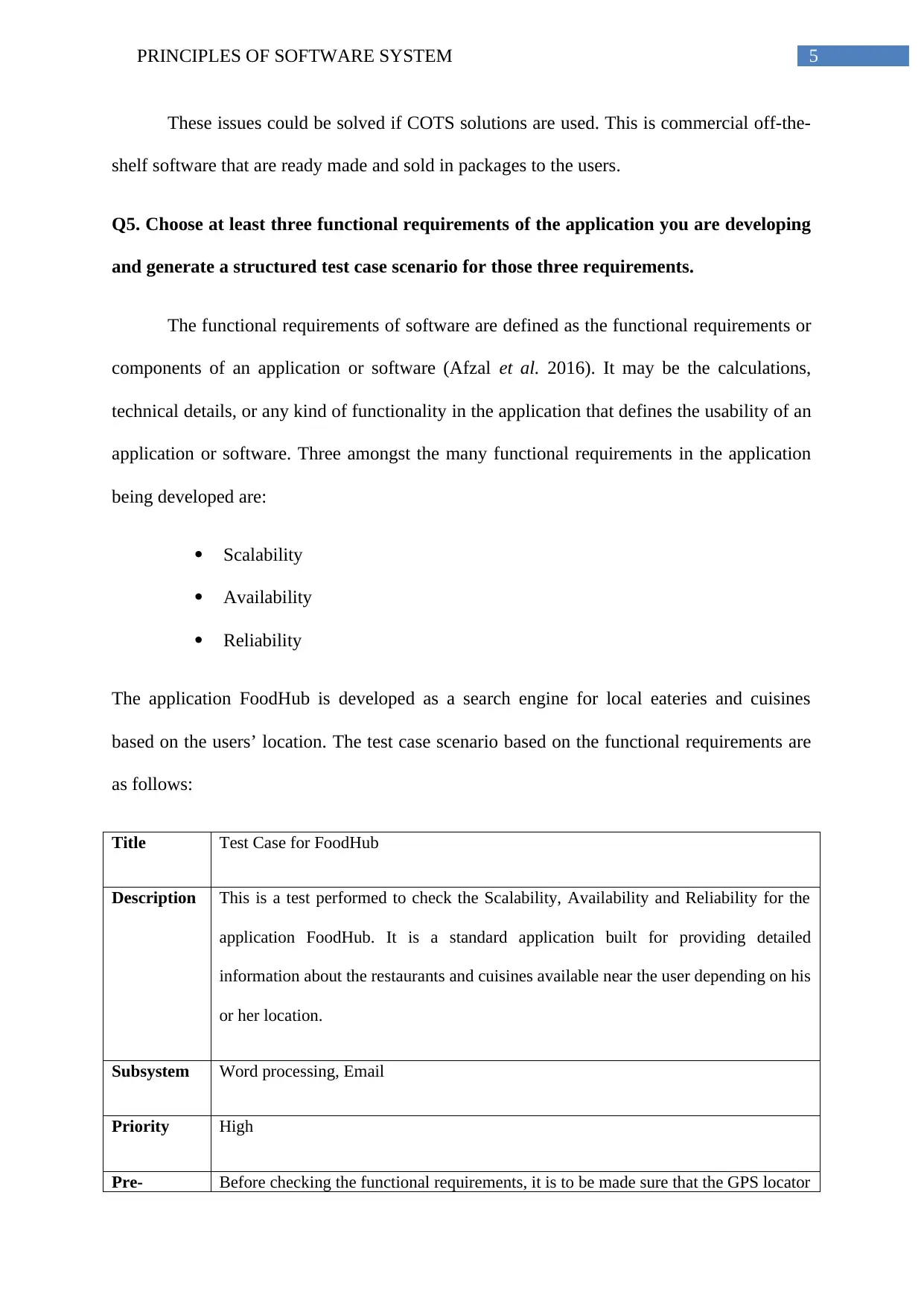
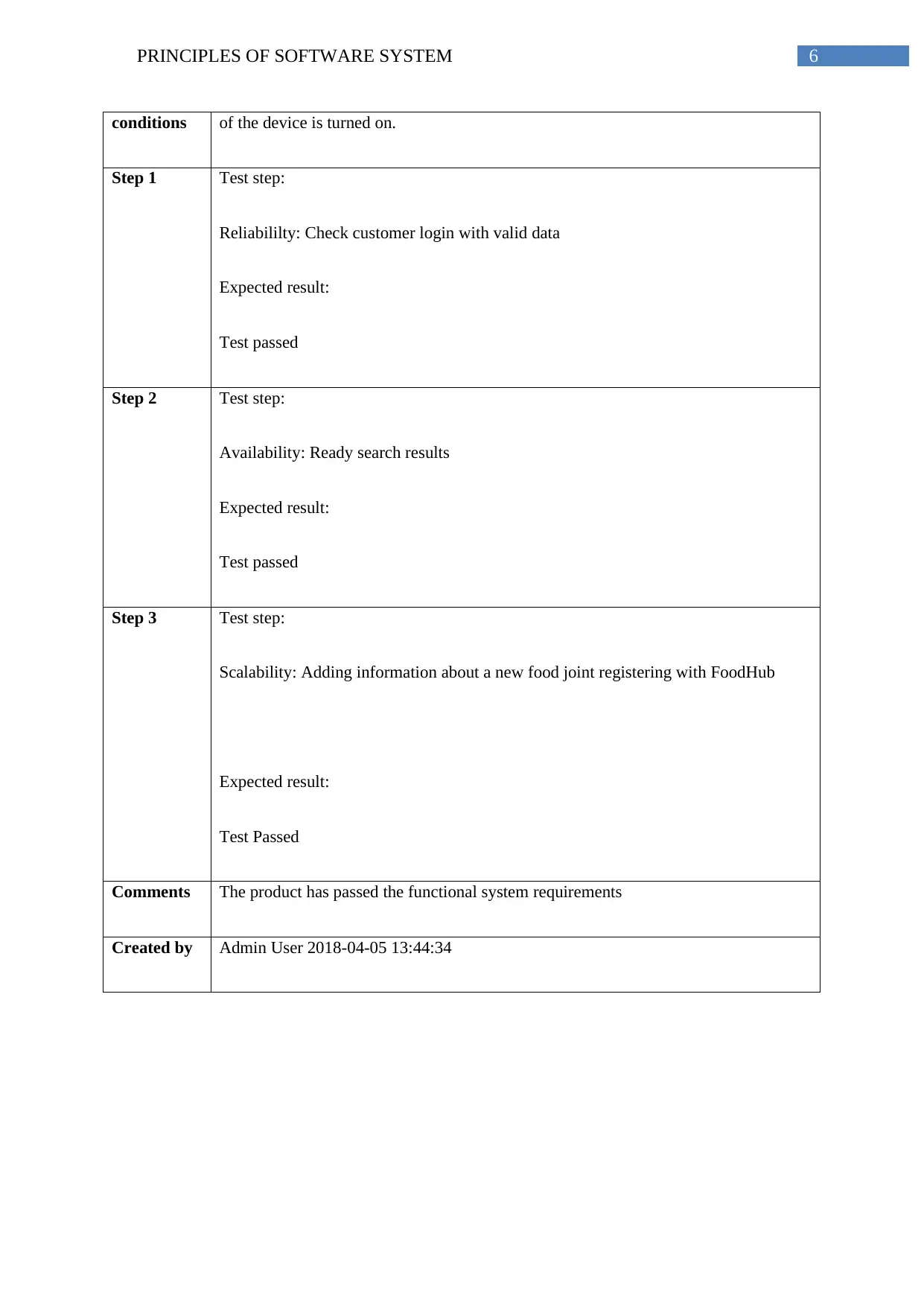
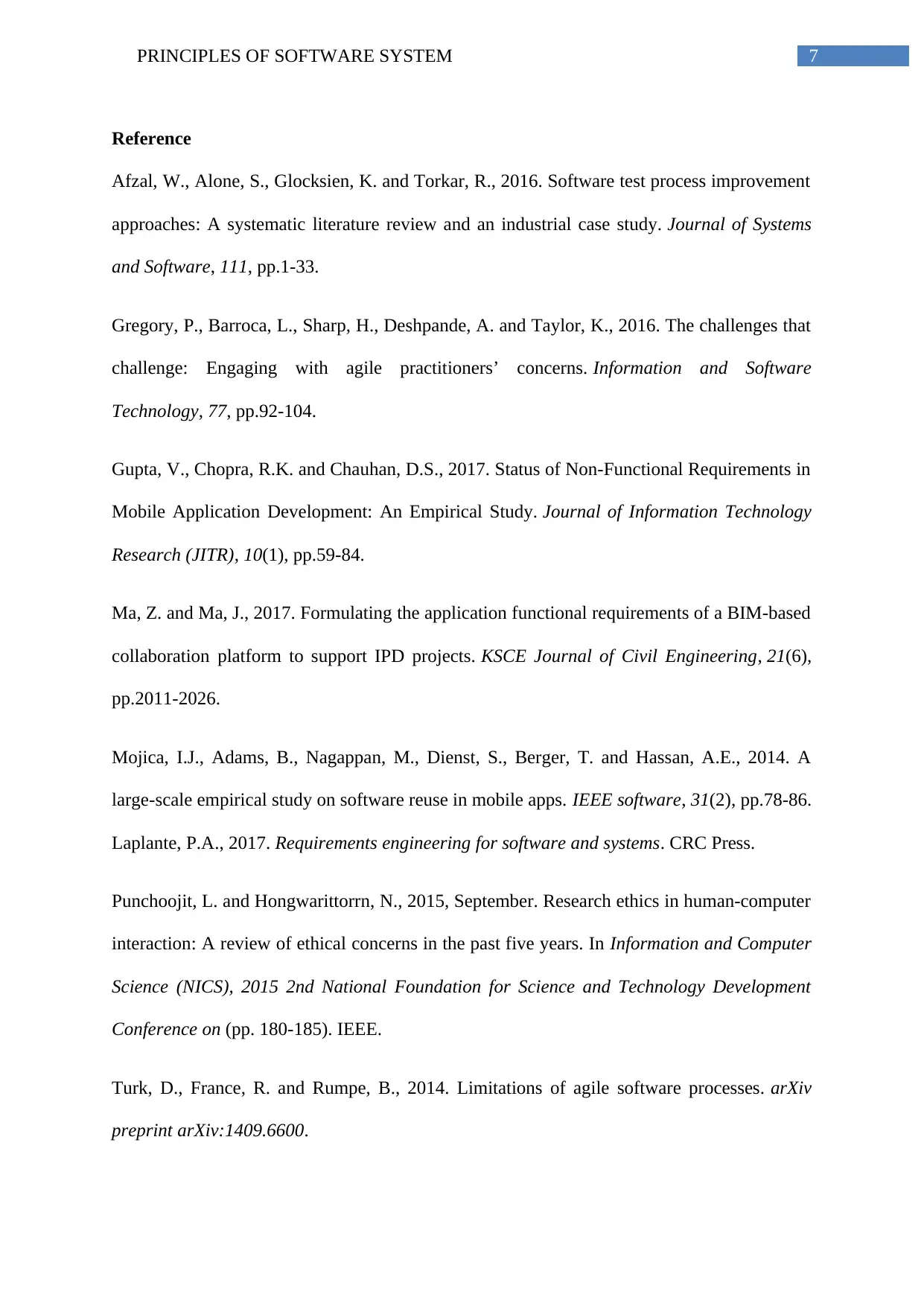
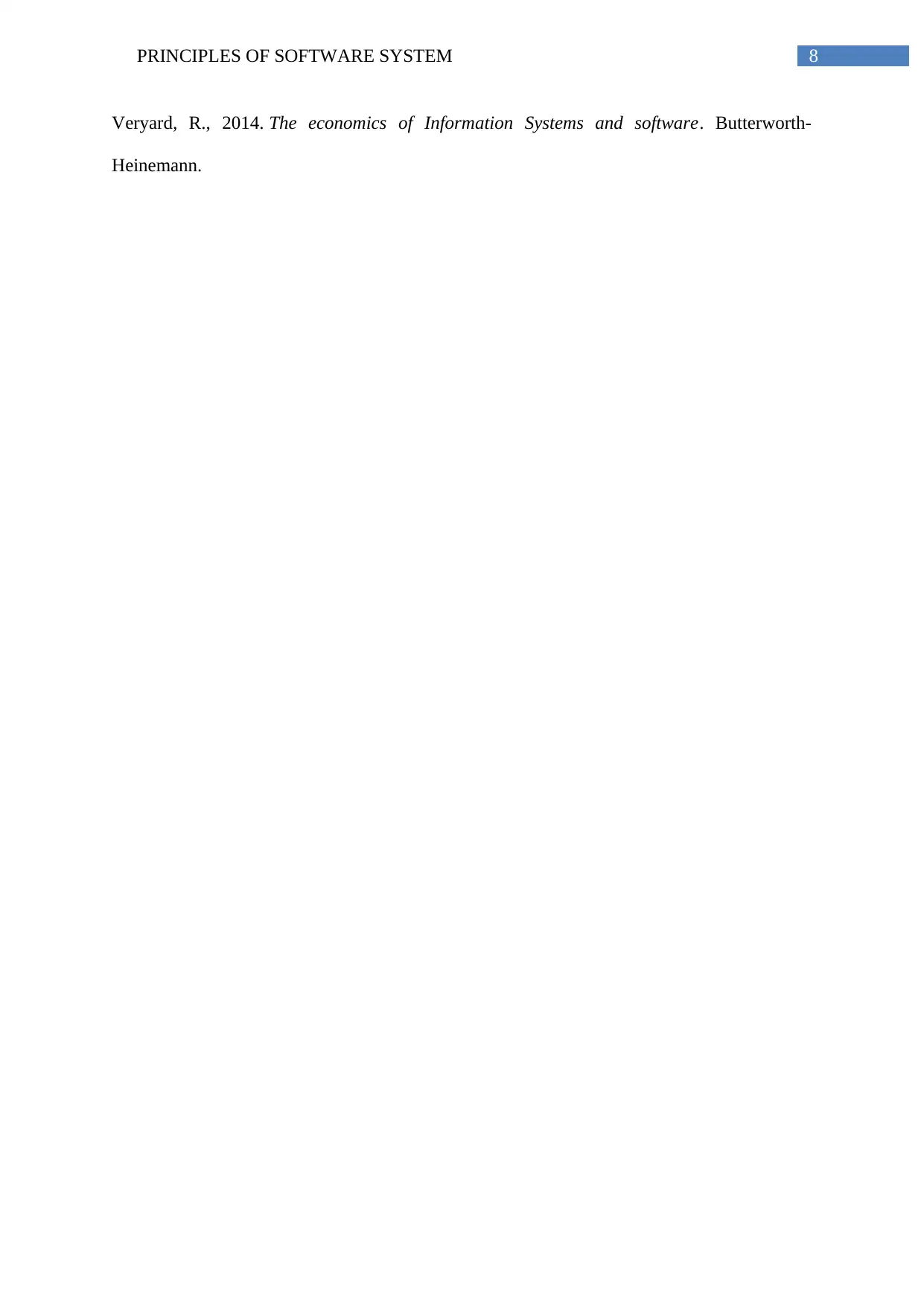





![[object Object]](/_next/static/media/star-bottom.7253800d.svg)